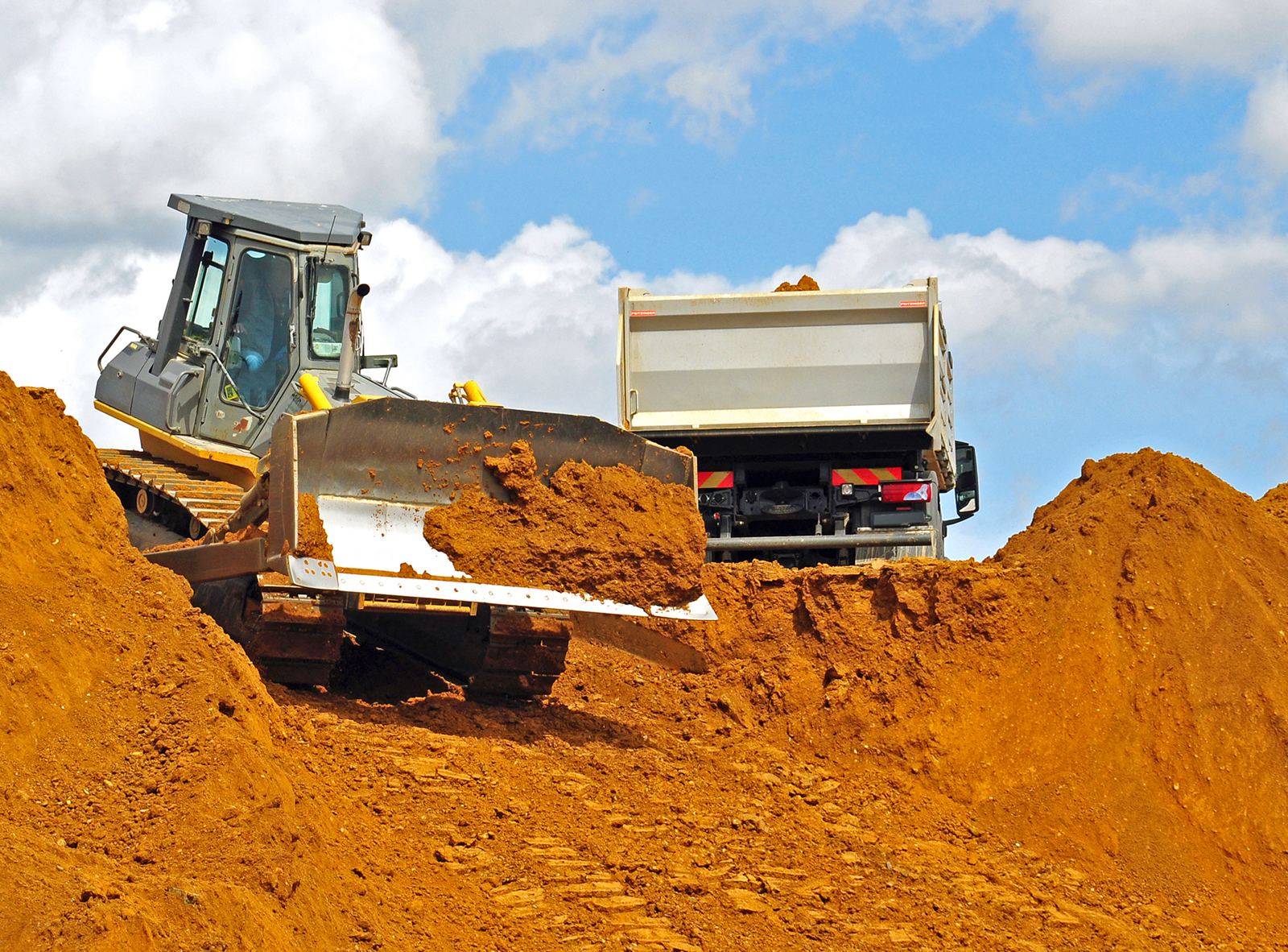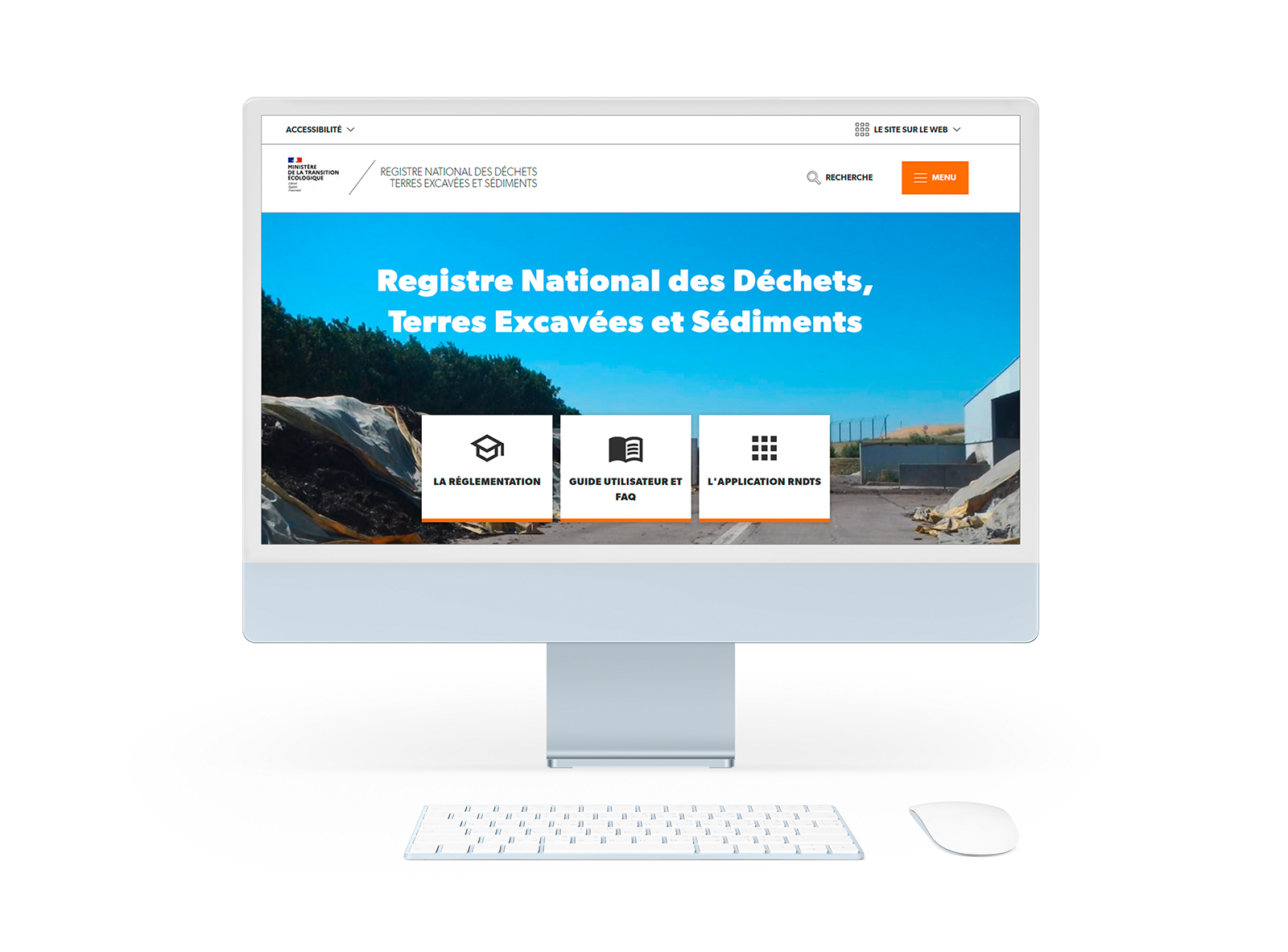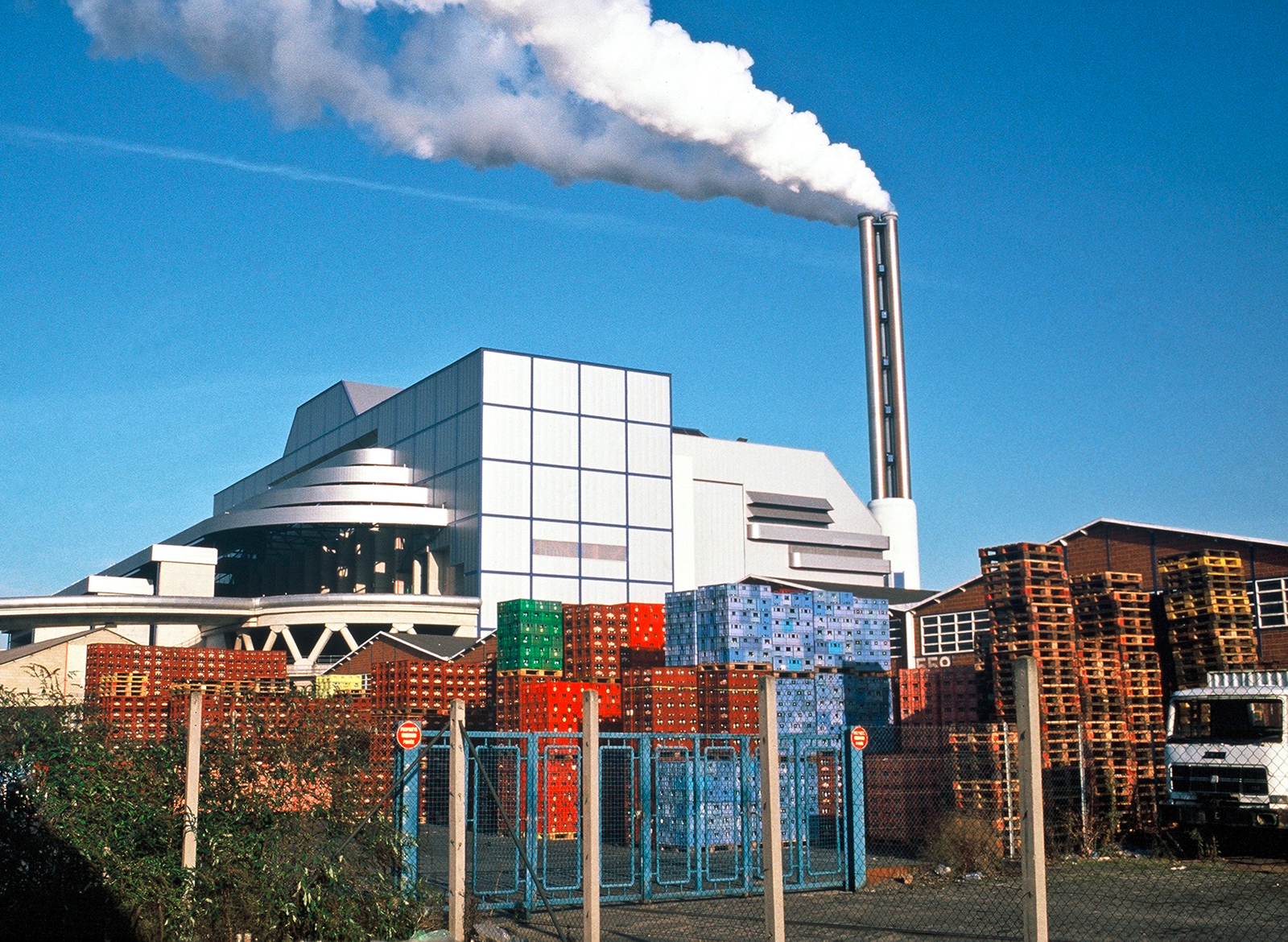Digital data, services and infrastructure
Outstanding result / Circular economy: a nationwide system for the traceability of non-hazardous waste, excavated soil and sediments



How could the traceability of waste, excavated soil and sediments be improved? Given that excavated soil produced by the construction industry in France represents some 150 million tonnes each year, this is clearly no minor issue.
Until recently, there was no centralised, wide-ranging requirement for companies in France to register construction waste operations, for example, when carrying out works.
The AGEC Act of February 2020 (and the related Decrees and Orders) strengthened the provisions relating to the traceability of these types of materials and also established a nationwide digital, chronological register for waste, excavated soil and sediments.
In addition to the traditional types of organisations involved in handling hazardous or non-hazardous waste, the scope of the register also covers managers of excavated soil and sediments, in order to gain a better understanding of the deposits and thus be able to take them into account in the circular economy. The register is intended to be consulted by administrative authorities (DREAL, regional councils, ADEME, etc.) and aims to meet the following goals:
- Establish an inventory of the overall volumes involved and consolidate the organisation of the flows and quantities of materials concerned at regional/national level;
- Encourage the reuse/recovery of materials rather than their storage;
- Digitise and facilitate inspections to improve transparency and environmental protection;
- Provide the various players affected by this new regulation with effective support by interconnecting their internal registers with the national register.
Digitisation of the National Register of Waste, Excavated Soil and Sediments
The French Ministry of Ecological Transition and Territorial Cohesion commissioned BRGM to digitise the National Register for Waste, Excavated Soil and Sediments (RNDTS).
Today, an application enables companies to enter and register their declarations and comply with the new legal requirements. An information website has also been set up, along with an email support service for users.
Until recently, the traceability requirement meant that companies only needed to keep chronological records of their waste production and treatment. However, each company which produces and manages waste had its own register. Now, the declarations must be registered in a national database, which is centralised, and the process has been extended to other materials, such as excavated soil and sediments.
As regards excavated soil and sediments, the targeted organisations are the following: local authorities and contracting authorities, as well as any person that produces, processes or recovers excavated soil and sediments, including operators of transit or consolidation facilities for excavated soil and sediments. All these players are required to declare operations on the national RNDTS database.
The requirement only involves actually registering the declarations; however, the DREALs have access to these and can carry out checks.
Information is entered in the national database using an application, accessible at https://rndts-diffusion.developpement-durable.gouv.fr/fr. This easy-to-use application provides an online service that enables users to transmit the information required to ensure waste traceability (i.e. the content of the chronological records of the organisation/body concerned) by declaring the nature and movements of the waste that has been produced, stored or treated.
It is a truly strategic application that aims to promote the circular economy and environmental protection.
A robust application
The website has been available since early January 2022. The online declaration forms include three sections that must be filled in: information about the waste, the operators involved and the ultimate fate of the waste. The web features are very user friendly and APIs enable information to be sent directly from company systems. In addition, csv file templates (Excel format) are available to enable users to enter multiple declarations into the register in one go.
Finally, the technical architecture has been designed to meet strong user demand, since thousands of simultaneous connections are expected, and the storage system can host more than 100 million declarations a year. The service must be available 24h/7d. The level of security implemented on the system is high and complies with the GDPR.







